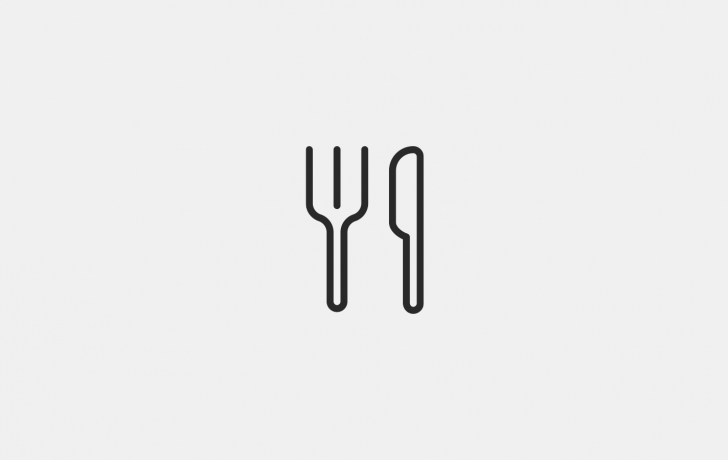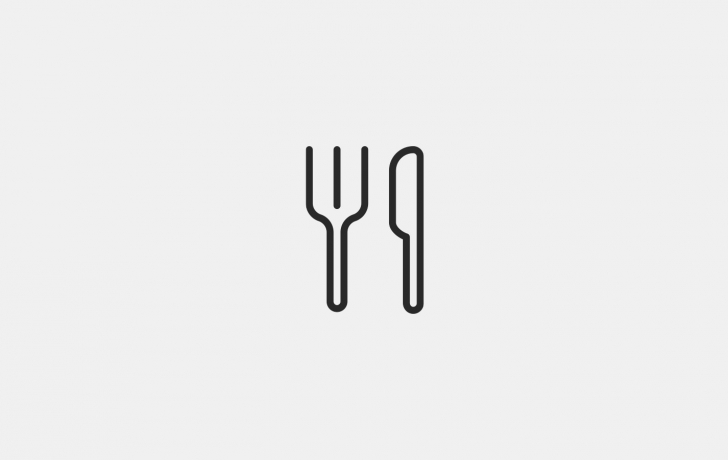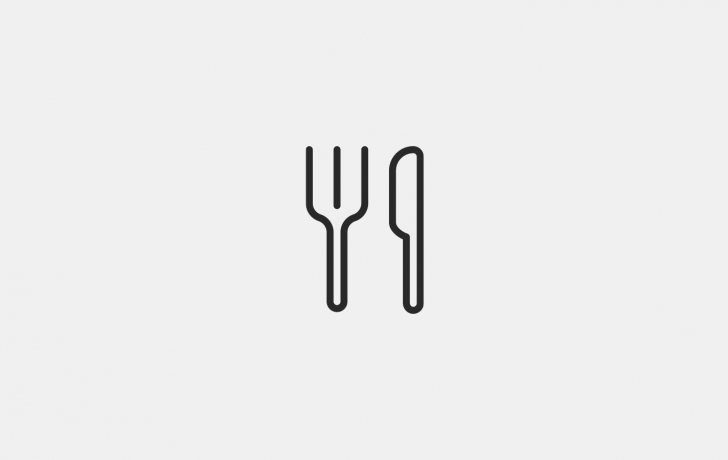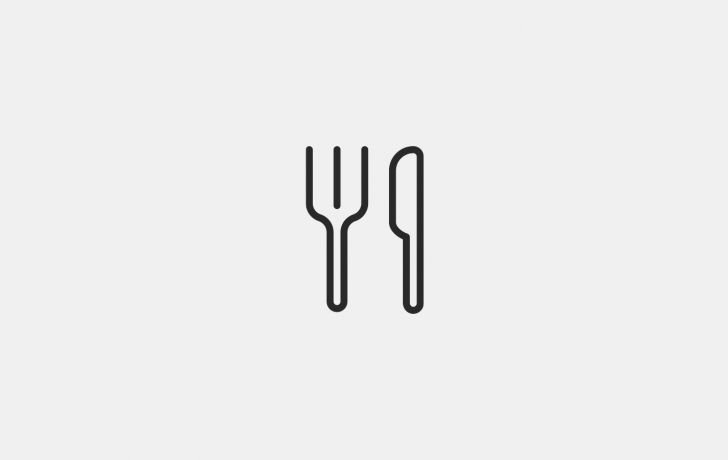

Soho in Central London is a great place to find live entertainment, interesting food and pulsing nightlife. Browse the boutique shops, relax in Soho Square, or treat yourself to a West End show, a meal and a delicious cocktail.
Soho is also known for its risqué vibe. This is where you'll find many of London's sex shops, burlesque shows and gay and lesbian bars.
Here are a few things to whet your appetite, but have an explore of Time Out's Soho guide as theres far too much for us to list on here - https://www.timeout.com/london/things-to-do/soho-area-guide
Other interesting areas within walking distance of Soho include Chinatown, Covent Garden, Piccadilly Circus and Mayfair.

Opened by the British saxophonist Ronnie Scott in 1959, this legendary Soho institution made its name as the first club to host American jazz musicians in the UK. As well as welcoming the biggest names on the jazz scene (Zoot Sims, Johnny Griffin, Lee Konitz, Sonny Rollins, Sonny Stitt) it's also made room for other artists that fit the distinctive Ronnie Scott's vibe – Tom Waits, Elkie Brooks and even Mark Knopfler have all performed here.
Ronnie's was completely refurbished in 2006 when theatre impresario Sally Green took over – Scott had died ten years previously and his business partner wanted out. Capacity was expanded to 250 and the club is now consistently booking a wide variety of top-notch artists that – while featuring the biggest names from the world of jazz: Kurt Elling, Christian McBride, Joshua Redman, Chick Corea, Billy Cobham – has also included the likes of guitar hero Jeff Beck, former Cream bassist Jack Bruce and soul and blues stars. The club's success is testimony to Ronnie Scott's original ambition: to create a place for British jazz musicians to perform at regularly, and in turn to create our own world-class jazz scene.

Within a century it was one of London's hotspots - a haunt for artists, authors and politicos who put the world to rights at the Turk's Head Inn over many-a boozy tipple.
Chinatown's colourful history stretches back long before the Chinese community of restaurants and businesses popped up in the 1950s. It was the birthplace of the Post Office, Ronnie Scott's and the playground of the literary elite.
In fact, London's original Chinatown was in the East End where Chinese employees first rocked up in the 18th century, settling in Limehouse. By 1914 a Chinese community was burgeoning with new restaurants and shops catering for sailors.
Today's Chinatown's story begins with the Great Fire of London. In the panic to rebuild, attention turned to a military training ground on farmland. The area's owner, Lord Gerrard gave permission for houses to be built. Gerrard Street was completed in 1685, then later a market hall and slaughterhouse. Voila, Soho was born.
Within a century it was one of London's hotspots – a haunt for artists, authors and politicos who put the world to rights at the Turk's Head Inn over many-a boozy tipple. Not just popular with London's intelligentsia, the area was a magnet for immigrant communities like the French Huguenots.
In the late 1800s new waves of immigrants followed; Italians, then Jewish, then Maltese. Irish proprietor Kate Meyrick ran the notorious roaring twenties 43 Club at 43 Gerrard Street and legendary jazz maverick Ronnie Scott set up his first jazz club in the basement of number 39. Soho was well and truly on fire – culturally this time...
Post-war London's Chinese community were short of income and even shorter of a place to live. When they arrived to the area in the 1950s, it'd gained a reputation for great nightlife and cheap commercial rents. Luckily for them, British soldiers returning from the Far East had fallen hard for Chinese cuisine and so up sprung supermarkets and restaurants. Their success attracted more Chinese entrepreneurs away from the East End to seek their fortunes, and the Chinatown of today was born.
By the late 1960s, Chinatown was truly established as the epicentre of London's Chinese community – now numbering in the tens of thousands as more and more Chinese workers arrived from the British territory of Hong Kong. By now a Far Eastern travel agency set up shop to cater for the ever-arriving number of restaurant workers.
In the 1980s the area got the full Chinatown treatment; Chinese gates, street furniture and a pavilion were added, plus Gerrard Street, parts of Newport Place and Macclesfield Street became pedestrianised.
From bakeries to bars and restaurants to reflexology, today Chinatown is a thriving hub of Oriental wonder. Souvenir shops, health clinics, barbers, travel agents – it really does have everything. Lord Gerrard would be proud.

Wander around London's West End and you'll be surrounded by a whirlwind of glittery theatre shows, productions and more ticket offers than you can shake an interval ice cream at.
So where to start? Below is a list of everything currently on in the West End. From golden oldies with an ever-changing cast, to experimental shows and the latest Broadway transfers, here is what's hot, what's not and what's currently on in the midst of London's theatreland.
https://www.timeout.com/london/theatre/a-z-west-end-theatre-shows-on-now-in-london?package_page=46843

Step inside a world where the bizarre and the unbelievable come to life and amazement is waiting around every corner – whether it's an actual chunk of the Berlin Wall, or our Amazonian shrunken heads; a knitted Ferrari or a chewing gum sculpture, at Ripley's there are mind-boggling wonders for even the wildest imagination. If it's truly unbelievable, it's in here!

Liberty was founded in 1875, but the present Marlborough Street site, with its ships' timbers and leaded windows, was built in the 1920s. The interconnecting jumble of rooms, with the odd fireplace and cushioned window seat, makes for an intimate feel – as if you've strayed into a private room in a stately home. It's not an accident, founder Arthur Lasenby Liberty wanted customers to feel as if they were exploring someone's home, keeping the shopping galleries small, albeit linked to three rather grand atriums.
Although Liberty trades well on its history, it constantly squeezes innovation into its wood-panelled rooms. Alongside one of the best edits for fashion shopping in the world, in 2011 it expanded its men's floor, adding a huge tailoring and accessories chamber packed full of posh undies. The Paper Room soon followed on the ground floor with micro-floral Liberty print stationery and gifts, and then the Dining Room opened – quirky cookware and gadgetry in a space modelled on the kitchen in Downton Abbey.
French publishing powerhouse Assouline opened its Literary Lounge on the ground floor, where you can flick through fashion, art and photography coffee-table books (which are, oddly, the size of coffee tables). The Beauty Hall then doubled in size with 10 new brands – their counters manned by an eerily beautiful staff – and three new treatment rooms.
But for all its pomp and fizz, Liberty doesn't take itself too seriously – there's a genuine sense of whimsy in its approach to retail. Collaborations with brands such as Puma and Nike produce floral sneakers (that instantly sell out) and, via its Art Fabrics project, Liberty has worked with babydoll-dress fancier Grayson Perry and even Hello Kitty to create exclusive fabrics. It also hosts Dragons' Den-like open days for entrepreneurs to pitch new products (which usually involves nervous people dragging sofas and knick-knackery up and down the stairwells). Visitors can also have their moustache expertly trimmed and waxed at Murdock barbers or their barnacles plucked off by expert chiropodists in the Margaret Dabbs Sole Spa.
Unapologetically eccentric and truly innovative, Liberty is a London icon.

Curzon Soho is known as the filmmakers cinema because it's the kind of venue where you could find yourself sitting next to a screenwriter or director. The bar is often buzzing with the sound of highly energised conversations discussing film but there are enough in the corner spots to tuck yourself away whilst waiting for your film to start.
Soho hosts regular director Q&As, documentary events, previews and often has exhibitions linked to the films being screened.
In 1998, the cinema was divided into a three screen complex and renamed Curzon Soho. With a fully licensed bar on the mezzanine level, the venue has proved hugely successful, voted London's Number One cinema by Time Out readers.

On Rupert Street, Soho every Wednesday, Thursday and Friday, rain or shine, Street Food Union will be serving up the best in up and coming street food. Street Food Union is an independent market set up by three food traders keen to champion the best up and coming talent on the street food scene.
The market is as much a source for fresh, diverse, exciting and inspiring products as it is a meeting point to enjoy the energy and buzz that is Soho.
Opening times
Wednesday, Thursday, Friday & Saturday
From 11am – 3.30pm

The Bar Italia was started in the winter of 1949 by Lou and Caterina Polledri. Lou was originally from Piacenza, Italy. The couple had already opened up a cafe in Long Acre, Covent Garden a few years earlier, and then saw an opportunity for a cafe in Soho, which would not only be a cafe – and remember good coffee was hard to find in those days – but could also act as a fantastic social centre for the Italian community in London.
Soho was then a big Italian area so it necessarily followed that people such as waiters would have time on their hands in between their shifts to come and meet and talk with other Italians.
Bar Italia was a success from the off and it soon became a big part of the Italian community.
If you were a waiter and unemployed you would get help from the other waiters to find a job. It was a place where people could catch up. It was also a place where people who had lost family members during the recent War, could find out what had happened.
Bar Italia's design was state of art for its day. It has been remodernised two or three times over the years', although the Polledri family have been careful to keep the detail and the continuity of what was originally there when it opened.
The red and white formica is an important part of the Bar. Original pieces remain from 1949. The Gaggia coffee machine has been there fifty years now.
Bar Italia has the look of a classic Italian cafe and it always will continue to do so.
History
The floor in Bar Italia that was laid by Uncle Torini Polledri family and it plays an important part to this day. If you think about all the millions of people who have walked over that floor in that time, you can appreciate the great skilled work by the condition it is still in, and it gives you a real insight into how Roman relics and places like Pompeii survived.
Bar Italia celebrated it's 60th birthday in 2009, so pick up your cappucino, and raise a toast the next 60 years to come.
"In my role as a coffee 'expert' and consultant I always begin the tour of cafe culture in London with the opening statement. 'It began here in Bar Italia'. My guests come from all over the world to find out what is happening with coffee in London and even though there is always something new Bar Italia shines like a beacon through the murk of the corporate coffee world.
What makes it special?
It's not just the wonderful coffee, the warm greeting or the atmosphere. There is something unique. Coffee making is a ritual, a ritual handed down over the centuries. Here you feel the history and when you order a coffee in Bar Italia you are participating in the millions of rituals that have taken place there over the years. So perhaps that's why it is like no other coffee bar because here you become part of that timeless institution that is Bar Italia"
Louie Salvoni

Having built a loyal following for its three-wheeler food van (usually found in Berwick Street Market), PP opened on this busy corner in summer 2013. You can see the kitchen and pizza oven (also servicing the takeaway trade) through the ground-floor windows. The main basement dining area feels intimate, the seating and tables compact. Wipe-clean green checked tablecloths and 1960s Italian film posters help create the feel of a retro Soho trattoria. The friendly, slightly trendy mood is helped by an alcove for table football.
The menu, printed on Polpo-style manila paper, lists ten pizzas. Chewy and soft in the Neapolitan style, the appealing, thick bases are layered with on-trend toppings. 'Nduja, a spicy Calabrian sausage, is paired well with a simple marinara sauce. Salsiccia e friarielli (fennel sausage and a type of brassica leaf), and calzone with prosciutto cotto, ricotta, mushrooms and fior di latte are other enticing combos.
Desserts include ice-creams and sorbets from Gelupo, either in unadulterated form or embellished – for example, vanilla with extra virgin olive oil and sea salt. Wine is served by the carafe, adding to the 1960s feel; alternative tipples include prosecco and trendy Venetian cocktails such as negroni or spritz. Note: bookings aren't taken.


Another week, another new Brewdog bar opening in London – that's how it sometimes seems. The Scottish brewery's Dog Eat Dog hotdog bar opened in Islington a few weeks ago, and now this central spectacular in the heart of Soho joins its roster of branches in every corner of town.
No great surprises in the styling, which has the same prison-yard chainlink-and-concrete thing as the other bars. No surprises in the craft beer selection, either – it's typically great. Twenty taps represent Brewdog and there is a healthy influx of guests.
What was surprising at Brewdog Soho, however, was the food. We're used to pizzas, burgers, hot dogs, things served in plastic trays with checked greaseproof paper. Here, it's subtle, seasonal, light, vegetable-heavy: someone here can really cook. There was a jar of lightly pickled 'market' veg, a small plate of pearl barley and wild mushrooms, an avocado salad with micro herbs. Maybe not traditionally booze-friendly food, but it cements this new bar's position as more than just another post-work beerathon.

The transition from street stall to permanent site is not an easy one. Many successful street food traders simply lack the skills for staffing rotas, spreadsheets and hitting slim profit margins. That's why the three founders of Bao cleverly teamed up with more experienced and deeper-pocketed operators – the team behind Trishna and Gymkhana – to smooth the journey from market pop-ups to permanent Soho establishment.
This Bao-Trishna marriage seems like a happy one. There's a slick Japanese-looking interior and relaxed yet efficient service. But most strikingly, the tantalising menu is fresh and innovative. While it's based on Taiwanese street food dishes, the kitchen pushes far beyond those boundaries.
Chef David Chang did something similar with Korean food in New York – the Momofuku founder's steamed buns became a cult food item. Subverting and reinventing dishes, Chang targeted a new generation of novelty-seeking urban diners.
Bao is London's equivalent of Momofuku's Ssäm Bar. The restaurant's name derives from gua bao: fluffy white steamed buns, in this case filled with braised pork and sprinkled with peanut powder. Other sorts of bao (bun) are more slider-like, such as little burger baps wrapped around soy-milk-marinated chicken, sichuan mayo and kimchi. There's even a dessert bao – made with doughnut batter and filled with Horlicks ice cream – that echoes the malted cereal milks at NYC's Momofuku Milk Bar.
Yet buns are only half the story. Xiao chi (small eats) are given equal prominence, reflecting their cult status in Taiwan, where much culinary innovation comes from street food stalls. Pig's blood cake – a neat little block topped with a lightly cured egg yolk – tastes of soy sauce and black pudding. Vegetarian dishes are enticing: oyster mushrooms are cooked with jade-coloured fragments of century egg; intensely savoury dice of roasted aubergine have a slight garlic kick.
What lifts this diner from merely great to sublime is the drinks list. Sakés, artisanal ciders, well-matched beers and hot oolong teas vie for attention alongside creations such as foam tea – a chilled light oolong artistically topped with foamed cream.
Arrive hungry; leave happy. But be warned: as Bao is small and doesn't take bookings, we predict Momofuku-style buzz. And queues.
Stay in the loop
Follow @milocostudios
Subscribe to Miloco News